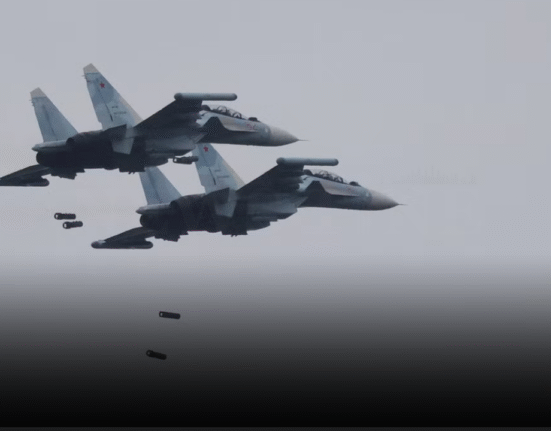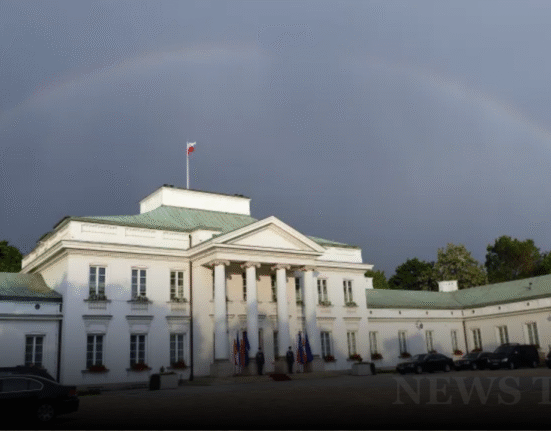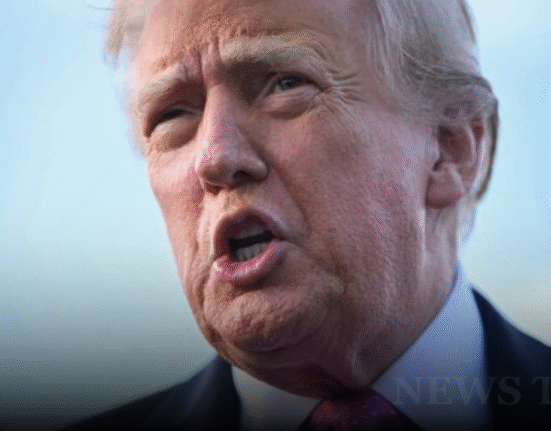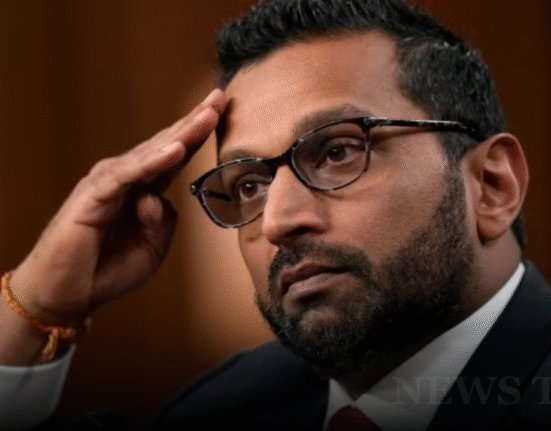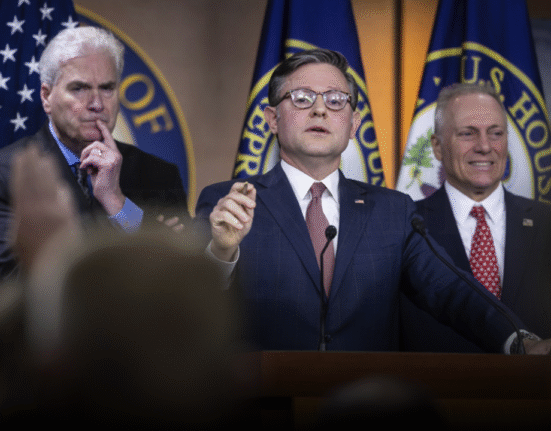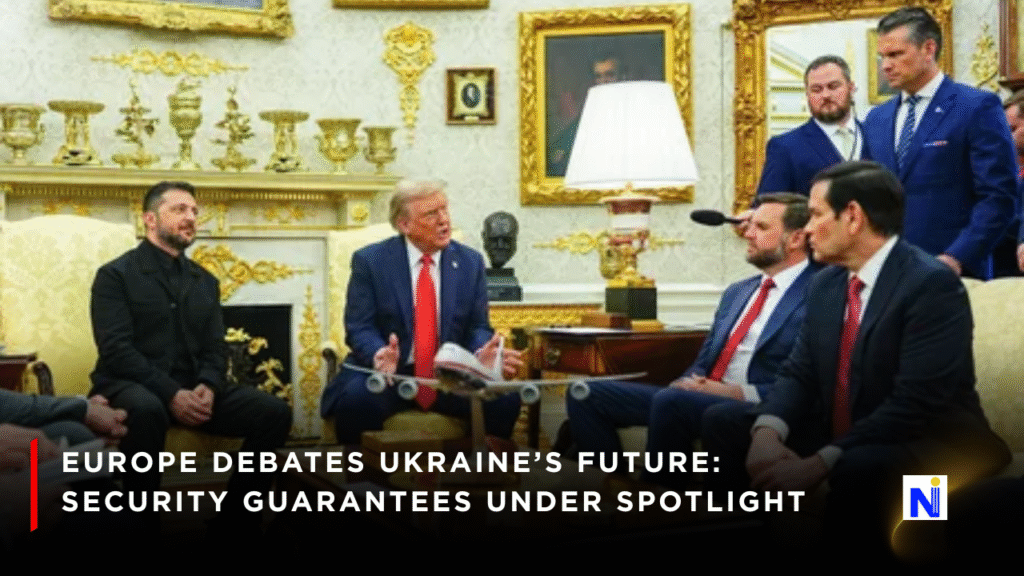
The war in Ukraine has entered its fourth year, and despite high-level summits, the road to peace still looks bumpy. The latest development—fresh talks on Ukraine security guarantees following meetings between Volodymyr Zelenskyy, European leaders, and Donald Trump—has sparked hope but also raised tough questions. While allies are pushing for strong commitments, Vladimir Putin’s silence on a possible meeting with Zelenskyy has left many wondering if diplomacy is moving forward or just running in circles.
1. Europe’s Diplomatic Flurry
European leaders wasted no time after their joint visit to Washington. UK Prime Minister Keir Starmer and French President Emmanuel Macron co-chaired a virtual summit before joining a video call hosted by European Council president António Costa.
Their mission:
- Convince Donald Trump to take a firmer stance with Putin
- Explore credible security guarantees for Ukraine
- Keep momentum alive after the Alaska Trump-Putin summit
As Macron put it, the talks are not just about “ending the war” but about “ensuring Ukraine can live in peace tomorrow.”
2. Trump’s Balancing Act With Putin
Donald Trump has kept an ambiguous line. Speaking to Fox News, he admitted it was “possible Putin doesn’t want to make a deal,” adding the next weeks would reveal the truth. While Trump has resisted sending U.S. ground troops, he floated the idea of helping Ukraine with air operations as part of broader guarantees.
However, confusion still lingers. Moscow has yet to confirm any Putin-Zelenskyy summit. Russian foreign minister Sergei Lavrov warned that any such meeting must be “prepared very thoroughly.” That’s diplomat-speak for: don’t get your hopes up just yet.
3. What Security Guarantees Could Look Like
The heart of the debate centers on how the West can credibly protect Ukraine from future Russian aggression. Proposals on the table include:
- A “reassurance force” stationed in Ukraine by European allies (with U.S. coordination)
- Article 5-style protection, similar to NATO’s collective defense, without Ukraine formally joining NATO
- Commitments from the U.S. and EU partners to take “immediate action” if Ukraine is attacked again
Italy’s Prime Minister Giorgia Meloni explained it simply: Ukraine might not get NATO membership right now, but it could receive a “collective security clause” binding its allies to act.
4. Ukraine’s Red Lines vs. Russia’s Demands
Zelenskyy has been crystal clear: no deal that weakens Ukraine’s military. He insists that a “strong Ukrainian army” must remain central to any guarantees.
On the other side, Putin has previously demanded:
- Limits on Ukraine’s armed forces
- Recognition of Moscow’s control over parts of Donetsk and Luhansk
These positions are still worlds apart, and despite Trump’s upbeat tone at the White House, little progress has been made on bridging the gap.
5. Empty Promises or Real Progress?
Diplomatic veteran Gérard Araud, former French ambassador to the U.S., summed it up bluntly:
“Nothing happened in Anchorage. Nothing happened in Washington. It was the triumph of empty vagueness and meaningless commitments.”
And that’s the problem. For all the headlines and handshakes, no one knows if Putin will actually meet Zelenskyy—or what he would demand in return.
The latest push for Ukraine security guarantees shows that Europe and the U.S. are serious about preventing future aggression. But without clear signals from Moscow, diplomacy feels stuck in a holding pattern. The stakes couldn’t be higher—because for Ukraine, the difference between “guarantees” and “vagueness” could determine whether peace holds or war drags on.
👉 What’s your take? Should Western allies go all-in with strong comm


